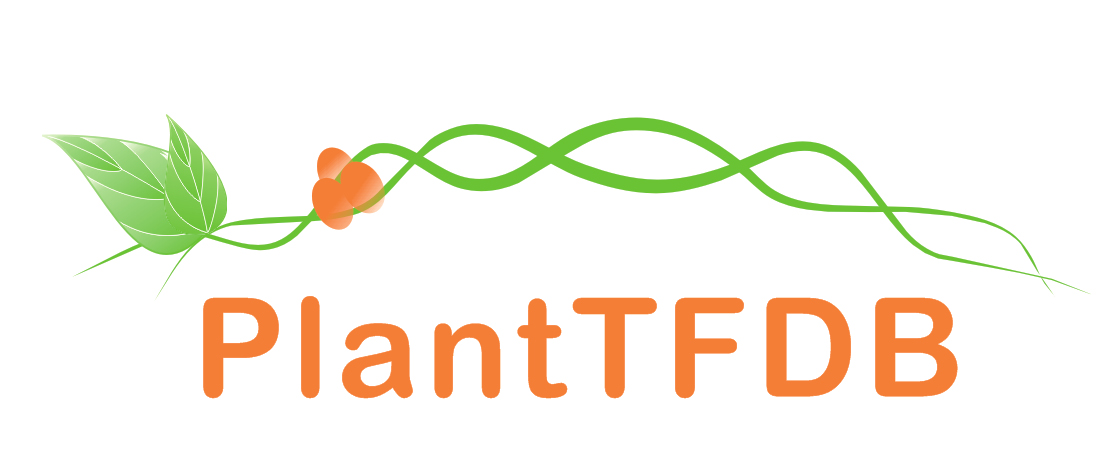 |
PlantRegMap/PlantTFDB v5.0
Plant Transcription
Factor Database
|
| Home TFext BLAST Prediction Download Help About Links PlantRegMap |
Transcription Factor Information
| Basic Information? help Back to Top | |||||||||
|---|---|---|---|---|---|---|---|---|---|
| TF ID | Niben101Scf07465g03010.1 | ||||||||
| Organism | |||||||||
| Taxonomic ID | |||||||||
| Taxonomic Lineage |
cellular organisms; Eukaryota; Viridiplantae; Streptophyta; Streptophytina; Embryophyta; Tracheophyta; Euphyllophyta; Spermatophyta; Magnoliophyta; Mesangiospermae; eudicotyledons; Gunneridae; Pentapetalae; asterids; lamiids; Solanales; Solanaceae; Nicotianoideae; Nicotianeae; Nicotiana
|
||||||||
| Family | bZIP | ||||||||
| Protein Properties | Length: 191aa MW: 22490.3 Da PI: 8.4143 | ||||||||
| Description | bZIP family protein | ||||||||
| Gene Model |
|
||||||||
| Signature Domain? help Back to Top | |||||||
|---|---|---|---|---|---|---|---|
| No. | Domain | Score | E-value | Start | End | HMM Start | HMM End |
| 1 | bZIP_1 | 24 | 8.6e-08 | 10 | 41 | 3 | 34 |
XXCHHHCHHHHHHHHHHHHHHHHHHHHHHHHH CS
bZIP_1 3 elkrerrkqkNReAArrsRqRKkaeieeLeek 34
e++++rr+++N eAAr+s RKka++++Le+
Niben101Scf07465g03010.1 10 ESQVQRRLAQNCEAARKSHMRKKAYVQQLETS 41
6789*************************974 PP
| |||||||
| Protein Features ? help Back to Top | ||||||
|---|---|---|---|---|---|---|
| Database | Entry ID | E-value | Start | End | InterPro ID | Description |
| Gene3D | G3DSA:1.20.5.170 | 2.0E-5 | 5 | 53 | No hit | No description |
| SuperFamily | SSF57959 | 3.78E-5 | 14 | 47 | No hit | No description |
| Pfam | PF14144 | 5.7E-20 | 96 | 168 | IPR025422 | Transcription factor TGA like domain |
| Gene Ontology ? help Back to Top | ||||||
|---|---|---|---|---|---|---|
| GO Term | GO Category | GO Description | ||||
| GO:0006351 | Biological Process | transcription, DNA-templated | ||||
| GO:0043565 | Molecular Function | sequence-specific DNA binding | ||||
| Sequence ? help Back to Top |
|---|
| Protein Sequence Length: 191 aa Download sequence Send to blast |
MWKVIYEHME SQVQRRLAQN CEAARKSHMR KKAYVQQLET SRLKLAQLEL ELERARQQGL 60 YMLGSNANMG ILETINPAAF EMEYSHWVEE QQKKNAELQS ILQFPVSAME LQLPVENVLS 120 HYFNLFRMKA DTAMDDVFYL MFGMWRTSVE RIFLRIGGFK PSDLINVVLG AFLLLFFLKI 180 YYNNLLLMSF S |
| Functional Description ? help Back to Top | ||||||
|---|---|---|---|---|---|---|
| Source | Description | |||||
| UniProt | Transcriptional activator that binds specifically to the DNA sequence 5'-TGACG-3'. Recognizes ocs elements like the as-1 motif of the cauliflower mosaic virus 35S promoter. Binding to the as-1-like cis elements mediate auxin- and salicylic acid-inducible transcription. May be involved in the induction of the systemic acquired resistance (SAR) via its interaction with NPR1. Could also bind to the Hex-motif (5'-TGACGTGG-3') another cis-acting element found in plant histone promoters. | |||||
| Annotation -- Protein ? help Back to Top | |||||||
|---|---|---|---|---|---|---|---|
| Source | Hit ID | E-value | Description | ||||
| Refseq | XP_019256722.1 | 4e-92 | PREDICTED: transcription factor TGA1-like | ||||
| Swissprot | Q39237 | 5e-63 | TGA1_ARATH; Transcription factor TGA1 | ||||
| TrEMBL | A0A1J6HTG2 | 9e-91 | A0A1J6HTG2_NICAT; Transcription factor tga1 | ||||
| STRING | XP_009776929.1 | 2e-91 | (Nicotiana sylvestris) | ||||
| Best hit in Arabidopsis thaliana ? help Back to Top | ||||||
|---|---|---|---|---|---|---|
| Hit ID | E-value | Description | ||||
| AT5G65210.6 | 3e-52 | bZIP family protein | ||||



